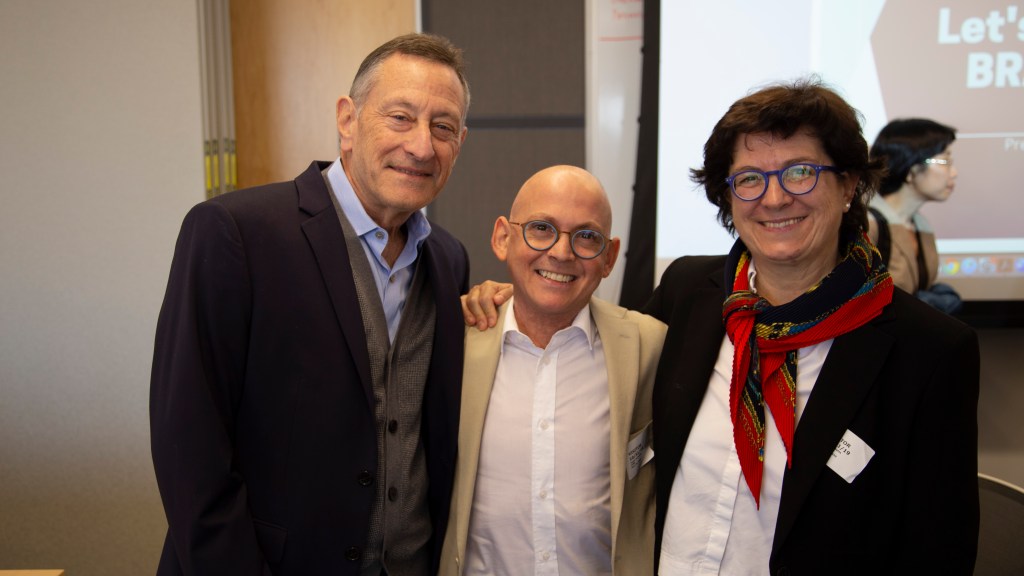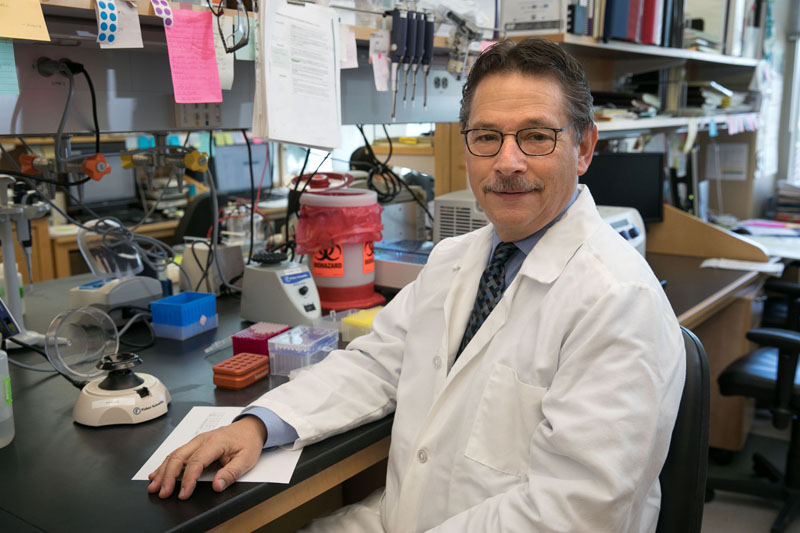
It’s always lovely to end the week on a bright note and that’s certainly the case this week, thanks to some encouraging news about CIRM-funded research targeting blood disorders that affect the immune system.
Stanford’s Dr. Rosa Bacchetta and her team learned that their proposed therapy for IPEX Syndrome had been given the go-ahead by the Food and Drug Administration (FDA) to test it in people in a Phase 1 clinical trial.
IPEX Syndrome (it’s more formal and tongue twisting name is Immune dysregulation Polyendocrinopathy Enteropathy X-linked syndrome) is a life-threatening disorder that affects children. It’s caused by a mutation in the FOXP3 gene. Immune cells called regulatory T Cells normally function to protect tissues from damage but in patients with IPEX syndrome, lack of functional Tregs render the body’s own tissues and organs to autoimmune attack that could be fatal in early childhood.
Current treatment options include a bone marrow transplant which is limited by available donors and graft versus host disease and immune suppressive drugs that are only partially effective. Dr. Rosa Bacchetta and her team at Stanford will use gene therapy to insert a normal version of the FOXP3 gene into the patient’s own T Cells to restore the normal function of regulatory T Cells.
This approach has already been accorded an orphan drug and rare pediatric disease designation by the FDA (we blogged about it last year)
Orphan drug designation is a special status given by the Food and Drug Administration (FDA) for potential treatments of rare diseases that affect fewer than 200,000 in the U.S. This type of status can significantly help advance treatments for rare diseases by providing financial incentives in the form of tax credits towards the cost of clinical trials and prescription drug user fee waivers.
Under the FDA’s rare pediatric disease designation program, the FDA may grant priority review to Dr. Bacchetta if this treatment eventually receives FDA approval. The FDA defines a rare pediatric disease as a serious or life-threatening disease in which the serious or life-threatening manifestations primarily affect individuals aged from birth to 18 years and affects fewer than 200,000 people in the U.S.
Congratulations to the team and we wish them luck as they begin the trial.
Someone who needs no introduction to regular readers of this blog is UCLA’s Dr. Don Kohn. A recent study in the New England Journal of Medicine highlighted how his work in developing a treatment for severe combined immune deficiency (SCID) has helped save the lives of dozens of children.
Now a new study in the journal Blood shows that those benefits are long-lasting, with 90% of patients who received the treatment eight to 11 years ago still disease-free.
In a news release Dr. Kohn said: “What we saw in the first few years was that this therapy worked, and now we’re able to say that it not only works, but it works for more than 10 years. We hope someday we’ll be able to say that these results last for 80 years.”
Ten children received the treatment between 2009 and 2012. Nine were babies or very young children, one was 15 years old at the time. That teenager was the only one who didn’t see their immune system restored. Dr. Kohn says this suggests that the therapy is most effective in younger children.
Dr. Kohn has since modified the approach his team uses and has seen even more impressive and, we hope, equally long-lasting results.

During the earliest stage of children development, stem cells have very high growing rate to produce diverse types of cells for various tissues and organs development. They require small doses of corrected ADA gene in stem cells to prevent immune deficiency of SCID. Therefore, the babies showed higher effectiveness of therapeutic rate for recovery than teenager by infusion back the corrected ADA gene-HSCTs into their bodies. This is in contrast to the older age of children who tend to show negative response to the treatment. Although viiral gene promoter has high amplification rate of gene expression, the production of corrected gene in CD34+ cells are sufficient to support the babies’ health to grow in normal of lives. On the other hand, stem cells in teenager has slower rate of growth than baby, as most of the tissues and organs in older children tend to be more developed and functioning. They require higher levels of corrected ADA gene of CD34+ cells to prevent the illness of SCID. The inefficiency of gene therapy to transduce 100% of HSCT and uncontrollable of viral promoter to provide high doses of corrected gene in cells may substantially halt the effectiveness of treatment in teenager . The strong viral promoter is recommended to provide sufficient doses of corrected gene for teenager to overcome the deficiency of immune response. To note that the consistency of follow up for growing children with gene therapy for genetic diseases are essential to prevent the unwanted risk of health issues in future.